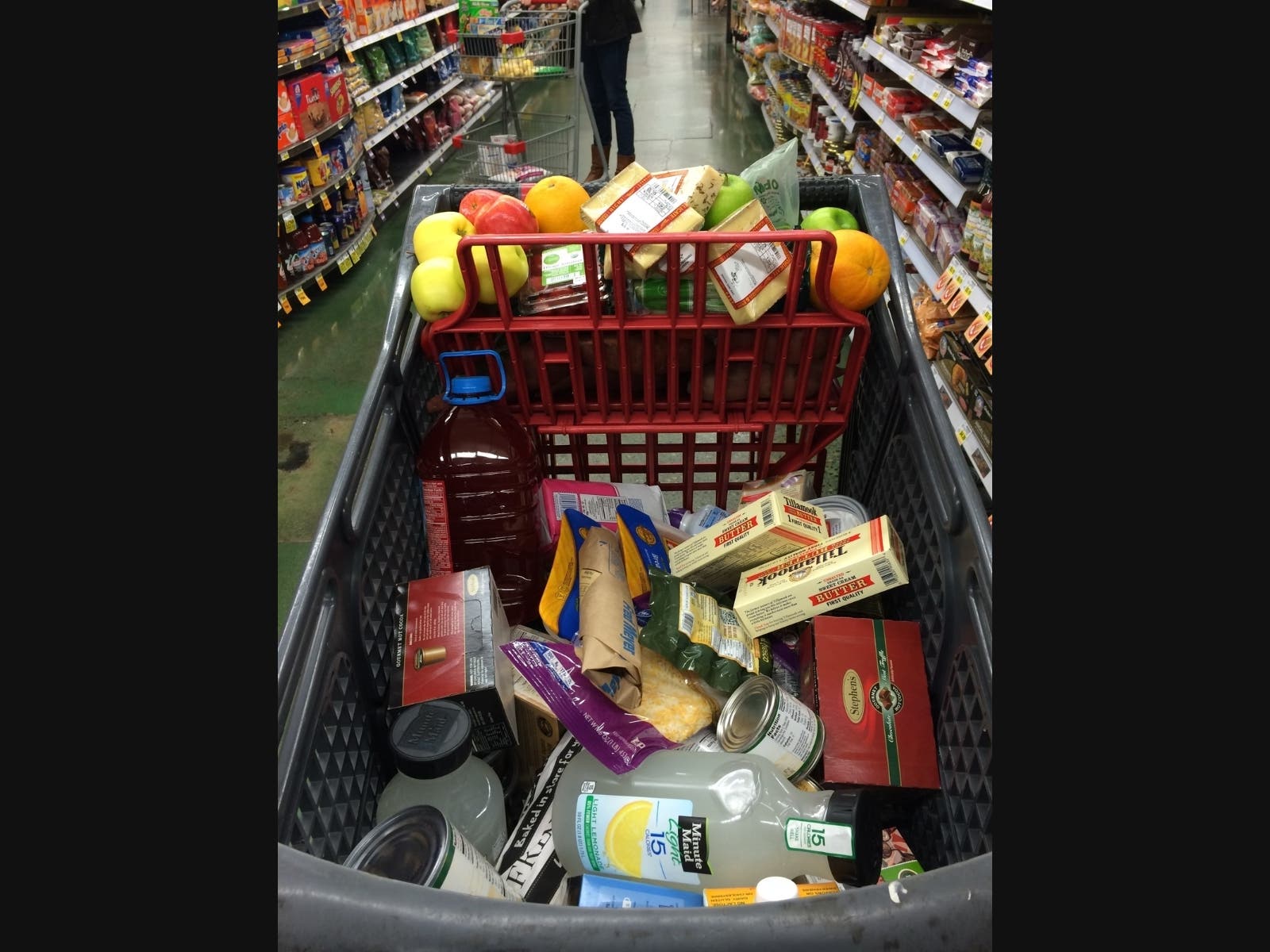Business & Tech
Inflation Eases (Barely): How It Still Affects Minnesota Residents
In Minnesota, prices on pantry staples such as meats, poultry, fish, and eggs are still up 17.2 percent from this time last year.

MINNESOTA — A new government report Wednesday shows inflation eased slightly in April, but prices for many necessities continue to cause pain for residents of Minnesota.
Prices rose 8.3 percent compared to April 2021, and 0.3 percent compared to March, according to the U.S. Bureau of Labor Statistics report. The April-over-March increase in the Consumer Price Index was the smallest monthly increase in seven months.
The biggest increases were for shelter, food, airfares, and new cars. Nationally, food prices were up 0.9 percent, including groceries, which rose a full percentage point.
Find out what's happening in Southwest Minneapoliswith free, real-time updates from Patch.
Of particular note, dairy prices increased for the 17th consecutive month, up 2.5 percent from March, the largest increase for the dairy index since July 2007. Over the past year as a whole, grocery prices have increased 10.8 percent, the largest year-over-year increase since 1980.
In Minnesota, prices on pantry staples such as meats, poultry, fish, and eggs are up 17.2 percent from this time last year.
Find out what's happening in Southwest Minneapoliswith free, real-time updates from Patch.
Gas prices, though still averaging a record $4.40 a gallon nationally and $4.10 in Minnesota, fell 6.1 percent from March to April, offsetting increases in the indexes for natural gas and electricity, according to the report.
Overall, gas prices have increased 44 percent from a year ago, and data from AAA shows prices have steadily increased so far in May.
One month of data isn’t enough to show if inflation is headed downward, economists, note. And there are signs in the report that inflation is becoming embedded in the U.S. economy, The Associated Press reported.
When the volatile food and energy prices — driven higher by persistent COVID-19 pandemic supply chain issues and, more recently, Russia’s war in Ukraine — are taken out of the mix, the so-called core inflation on goods and services increased 0.6 percent from March to April, twice the 0.3 percent rise from February to March.
Core inflation rises more slowly, the AP explained, but can take longer to decline. For example, rent is rising at a historically fast pace, up 0.6 percent from March to April. Hotel costs are up, too, 1.7 percent from March to April, following a 3.3 percent increase from February to March.
Persistent inflation is a political problem for President Joe Biden, and a financial problem for many Americans, especially those on fixed incomes who are making tough choices at the grocery store and gas pump.
Patty Blackmon, who lives in Las Vegas, told the AP that $5.89-a-gallon gas prompted her to reduce the number of trips she makes to the grocery store and her grandchildren’s sporting events. She hasn’t decided if she’ll make a road trip to see relatives in Arkansas this summer, hasn’t visited her hair stylist in 18 months, and is buying more canned soup and salad ingredients at the grocery store.
“A steak is almost out of the question,” she told The AP.
The Associated Press contributed to this report.
Get more local news delivered straight to your inbox. Sign up for free Patch newsletters and alerts.